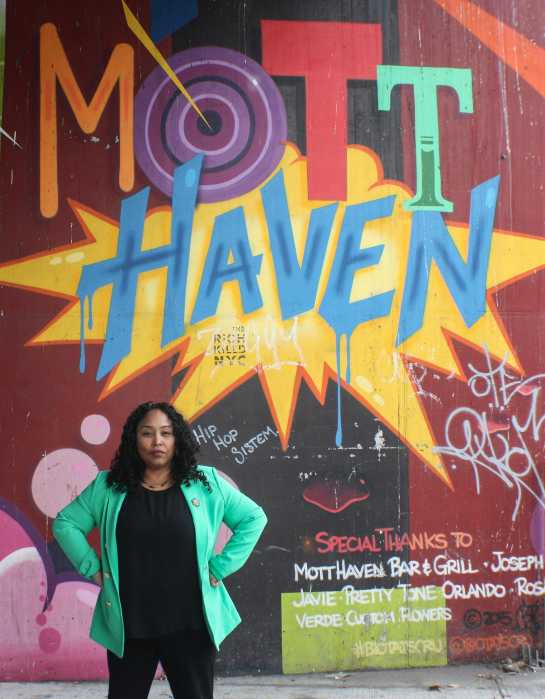By Rania Richardson
Documentary on the life and work of photographer William Eggleston
“You can love it and appreciate it but you can’t really talk about it,” muses William Eggleston, on art in general and his photography in particular, in the new documentary about his life and work.
Director Michael Almereyda created a portrait of the prolific yet reserved artist in his new film, “William Eggleston in the Real World.” With a 1976 one-man show at the Museum of Modern Art, Eggleston ushered in an era of modern color photography. The show included images such as a dog drinking from a puddle, an outdoor sofa, shoes under a bed, and a child’s tricycle— subjects so mundane that critics were divided on their status as “art.” Prior to that controversial show, color photography was considered vulgar and the province of advertising. Memphis-based Eggleston became an inspiration to many filmmakers including David Lynch, whose work similarly mines strangeness in a familiar world.
Almereyda put together a scrapbook of a film, 5 years in the making, using devices such as video footage of the photographer working wordlessly, a slide lecture, and still images with his own analytic narration. We see various facets of Eggleston—the gifted artist who plays keyboards and sketches, the gentile southern gentleman, the family man married to the same woman for over 40 years.
From his home in the East Village, Almereyda says, “The movie started out of an impulse to make a casual portrait, the way you might make a drawing of someone on a napkin while sitting across from them, which is something I like to do. I thought it’d be valuable to have a record of Bill at work. I didn’t know if that would be enough to make up a feature film, but I wanted to see where it would lead.”
Almereyda is an independent director brimming with talent, best known for fiction features such as the 1994 “Nadja” shot on Pixelvision, starring Peter Fonda as Dracula, and the 2000 critically acclaimed modern “Hamlet” with Ethan Hawke and Bill Murray. Though not a still photographer himself, he has always been informed by photography, and his critical eye is evident in the film’s narration. Eggleston’s work inspires “a recharged awareness of the richness of the visual world,” he says in the film.
Other filmmakers have hired Eggleston to shoot stills on their film sets. Eggleston developed a friendship with director Gus Van Sant when he was invited to photograph the making of his 1999 short, “Easter.” Almereyda’s film opens with the photographer on a more recent assignment, shooting in Van Sant’s home town of Mayfield, Kentucky.
In the most intriguing sequence, near the end of the rambling film, Almereyda tries to draw Eggleston out in a discussion of his work. Eggleston resists, saying that photographs and words “don’t have anything to do with each other.”
“That scene gets the biggest laugh at every screening,” says Almereyda. “Bill is being evasive in one way, and revealing in another. By defying the idea that words have anything to do with photography, he protects himself from over-analyzing what he does, but he also challenges people who get overly comfortable with theory. He stubbornly makes you admit how mysterious photography can be, and I respect him for that.”
Eggleston picked up a video camera in the early 1970s and shot over 30 hours of black and white footage, chronicling family and friends, as well as a milieu of nightlife denizens. Almereyda excerpted a few minutes in his documentary, and had a hand in editing the film, “Stranded in Canton,” down to 80 minutes. That film, along with his documentary, will be featured in the upcoming Toronto Film Festival.
In addition to video, Eggleston shot black and white portraits during that period. The large-scale photographs of some of the faces seen in “Stranded in Canton” are currently on view for the first time. They capture the fashions and sensibilities of the era through musicians, bikers, truckers and party girls caught in the moment.
google_ad_client = “pub-6226499064891091”;
google_ad_width = 468;
google_ad_height = 60;
google_ad_format = “468x60_as”;
google_ad_channel =”0606561524″;
google_color_border = “336699”;
google_color_bg = “FFFFFF”;
google_color_link = “0000FF”;
google_color_url = “008000”;
google_color_text = “000000”;
//–>
src=”https://pagead2.googlesyndication.com/pagead/show_ads.js”>
WWW Downtown Express



























